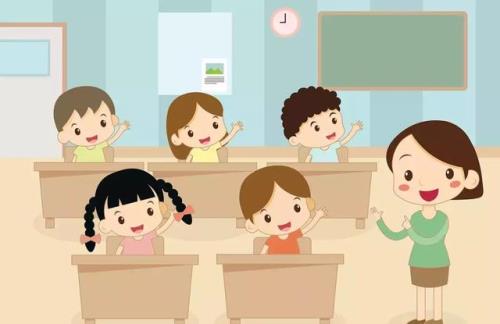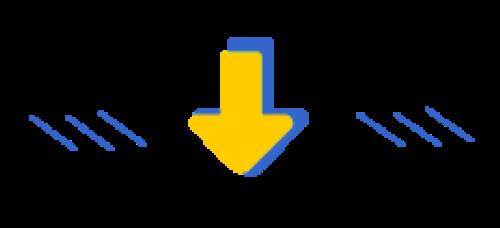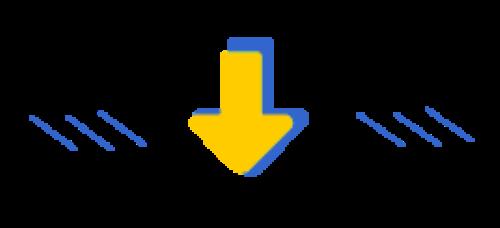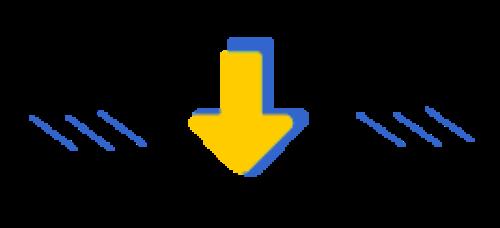对于网络热词的看法短评英语
精彩导读
“教师的课堂教学用语从教学功能上可分为五大类:(招呼/问候语,提问语,反馈语,指示/演示语,告别语)
”
1 招呼/问候语
教师的课堂教学实际上从其走进教室的那一刻起就开始了。a good beginning makes a good ending. 一个好的开端对于一堂课来说非常重要。教师主动、友好地同学生打招呼,不仅可以唤起学生的注意力,使其为开始上课作好准备,还可以创造一个平等、和谐、愉快的学习氛围, 以保证课堂教学的顺利进行。
参考用语
hi! good morning/ afternoon.
good morning/afternoon, class./boys and girls.
it’s so nice/i’m so happy to see you again.
good , you look great/ wonderful today.
how are you doing?
how’s it going?
you look so happy, any good news?
ok, class/ boys and girls , are you ready to have class/begin?
(instead of saying: “you”)
may i know your name?
(that’s a nice name.)
could you tell me your name, please?
(you’ve got a beautiful name. i really like it. )
shall we begin our lesson now?
let’s start our class, shall we?
2 提问语
教师在提问时态度和声音要和蔼、可亲。提问语的使用要注意体现对学生的尊重, 不要让学生感到紧张,有压力。注意提问语的使用策略可减轻学生的学习焦虑情绪,保护学生的学习积极性。
参考用语
who’d like to answer the question?
who can answer the question?
who knows the answer?
who’d like to have a try?
would you like to try, mary?
tim, would you like to have a try?
do you want to try, lee?
would you like a second try?
would you like someone to help you?
who’d like to help?
who’d like to read the text?
who can spell the word “…”?
can you spell the word “…”?
do you know the chinese/english of the word…?
what’s the english/chinese for “…”?
any volunteer?
any one/ boy/ girl?
have i made it clear?
is it clear to you?
you see the point?
got it? / did you get it?
are you alright with it?
are you ok with the practice?
have you done/finished your work/exercise yet?
3 反馈语
反馈语是课堂教学活动的重要组成部分,是教师评价和评估学生课堂表现的重要手段,也是推动教学活动进展的有效方法。反馈语是教师对学生课堂表现的一种评价方式。教师要注意树立评价意识。不仅要对学生课堂上的学习表现给予评价,对学生情感、态度的表现都应通过评价给予鼓励,达到激励学生的目的。
反馈语可分为肯定式评语、参与式评语和启发式纠错。
(1)肯定式评语
教师在使用肯定式评语对学生的课堂表现进行肯定和表扬时,一定要让学生感到老师是在由衷地夸奖他。要避免敷衍和流于形式。不要滥用‘good’。有的老师过多地单一使用 ‘good’ 评价学生的表现,很难使学生从中受到激励,激发学习的积极性。
参考用语
not bad. thank you. (i’m sure you can do better next time.)
good!thank you. (i could see you’ve practiced a lot.)
good boy/ girl . that’s a good answer. thank you.
quite good! (i really appreciate your effort.)
very good!(i really enjoy it.)
great! (you did a good job.)
excellent! (let’s give him/her a big hand!)
wonderful!(i’m so proud of you.)
well done! (good boy/girl.)
your answer is very good! (i admire your work.)
nice going! (you make a great progress.)
对学生有创意的、创新的思维火花及灵感,发言中的闪光点的肯定可以使用以下的用语:
参考用语
what a bright idea! thank you.
that’s a great answer. (i really like it.)
you did a good job! (we’re so proud of you!)
good point! (i really enjoy it.)
good job! (i'm very pleased with your work.)
smart! (what an adorable baby!)
clever! (i envy you very much。)
perfect! (you're very professional.)
you are such a smart boy/girl!
you got sharp eyes/ears.
i couldn’t believe my ears!
(2)参与式评语
在采用学生之间互相评价的手段时,教师要注意不要拿学生跟别人比,要拿学生同他自己比。教师可以说:同学们说某某同学说得好不好呀?进步大不大呀?
在让学生参加评价时可以使用疑问和反意疑问句:
参考用语
is it good?
isn’t it a good answer?
do you like his/her answer/reading?
did he/she do a good job?
that’s a fantastic answer, isn’t it?
he/she did an excellent job, didn’t he/she?
(3) 启发式纠错
当学生犯错误时,教师要避免使用否定的评价语言,如:you are wrong. it’s not correct. 对回答不出问题来的学生不要简单地使用“sit down”,要给他们可能获得成功的机会,鼓励他们,保护他们的学习积极性。如:
参考用语
that’s very close. go on!
it’s almost right. try again, please.
come on! think it over. i’m sure you can do it.
i’m sure you can do it if you really try. (see? you did it really well.)
sorry, i’m sure you can do it better next time.
i’m sorry. would you like a second try? /would you like to try again?
not bad. go on, please.
come on, it’s very close.
it doesn’t matter. i’m sure you can do it better next time.
4 指示/演示语
在组织课堂教学时,教师使用的指示语和演示语要避免过长和含糊不清,要力求简洁、清晰并且和蔼、可亲,避免过于生硬。例如:
参考用语
now class/ boys and class, class begins.
today, we’re going to learn …
now, open your books, please. turn to page ...
now, class/ boys and girls/ children, please look at the blackboard/picture/your books/ page five.
please read the … together. one, two, three, go!
now, let’s sing the song… together.
now, let’s enjoy the song from the tape.
well, let’s go on. please look at page …
this time, you do it one by one.
now, listen to the tape.
now, listen to me, please.
now, i’ll read the …, please follow me.
now class/ boys and girls/ children , read after me/ the tape.
follow me, please.
just follow me, class .
yes, please. (to answer “ let me try or let me answer the question ”)
please show me how well you can do/ read it.
come to the front, please. / … please come to the front . thank you.
thank you. please go back to your seat.
thank you. you can go back now.
it’s your turn, sue.
ok, class/ boys and girls/ children , please stand up.
please sit down.
please do it now.
ok, go!
please work in pairs/ in groups/ individually/ by yourselves.
now, class/ boys and girls/ children, write/put the chinese/english under/next to each word/picture.
now, let’s do the exercise.
now, class/ boys and girls/ children, find a partner and role-play the conversation.
work with your partner and answer the questions.
ok, class/ boys and girls/ children, time is up. please stop working/ talking now.
please stop here.
now, break time.
let’s have/ take a break.
good class/ boys and girls/ children, be quite, please.
now class/ boys and girls/ children, here’s your homework. please do … and …
don’t forget your homework. it’s … on page …, …on page…
5 告别语
课堂教学结束时教师需向学生宣布,并向学生道别。
参考用语
ok, class/ boys and girls/ children, that’s all for today. i’ll see you next time.
let’s call it a day today. i’ll see you the day after tomorrow.
alright class/ boys and girls/ children. we’ll stop here today.
we’ll end up the class now.
class is over.
class dismissed.
see you next time, class/ boys and girls/ children.
see you.
see you later.
goodbye, class/ boys and girls/ children.
bye, class/ boys and girls/ children.
wish you a good weekend.
have a good weekend!
have a nice day!
对于网络热词的看法短评英语
推荐阅读:







